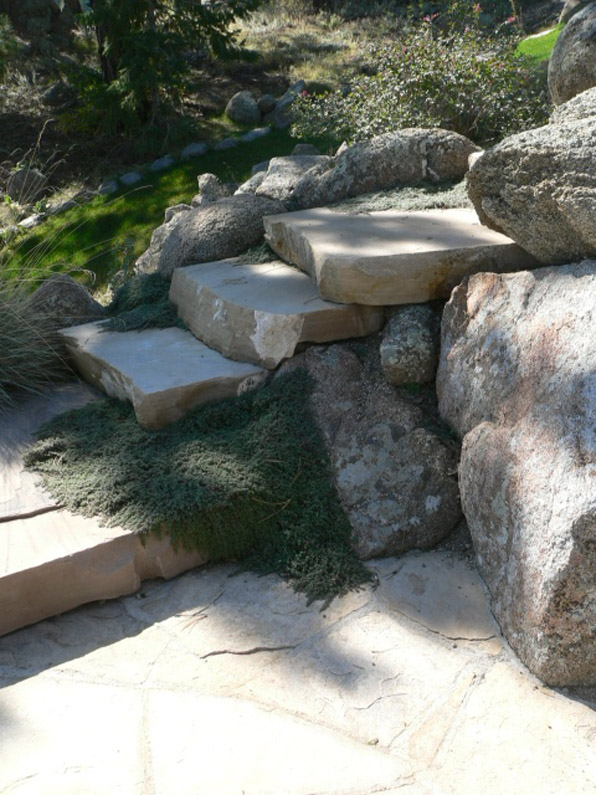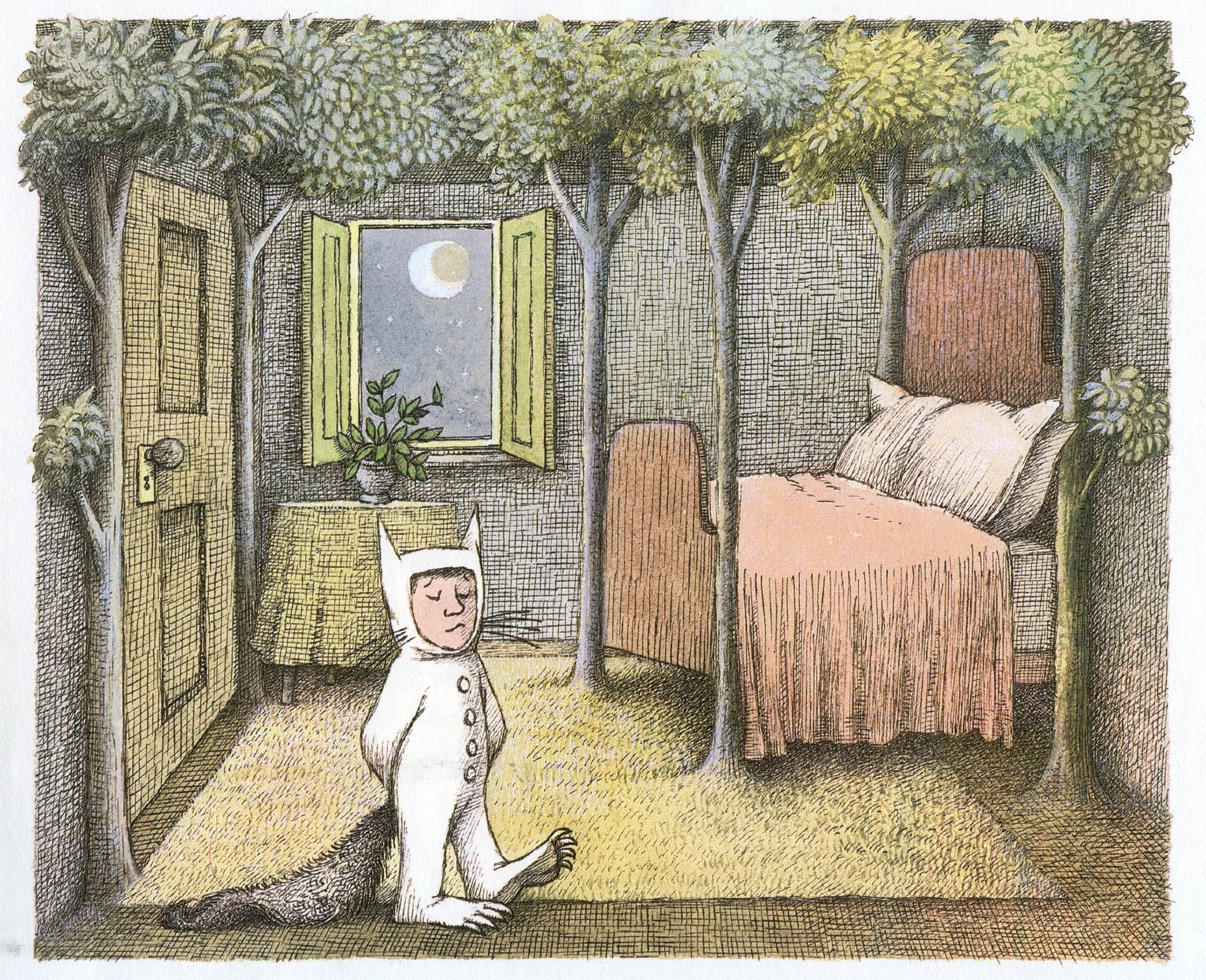I have written a post about evil lairs a while ago and wanted to follow that up with some thoughts on the special domains of superheros. Of course we are not talking about real heroes here, but the pop culture protagonists of comic books and movies. My initial impression was that these places were not as interesting as their counterparts evil lairs, as Dante's Inferno is significantly more interesting than Paradiso. However, some repeating themes in these places are quite intriguing
April is National Poetry Month - Baudelaire
the architecture of heros - Goodness, Nature and Vengeance
I have written a post about evil lairs and wanted to follow that up with some thoughts on the special domains of superheros. Of course we are not talking about real heroes here, but the pop culture protagonists of comic books and movies. My initial impression was that these places were not as interesting as their counterparts evil lairs, as Dante's Inferno is significantly more interesting than Paradiso. However, some repeating themes in these places are quite intriguing.
Whereas the villain's evil lair is often a secretive place brimming with technology, the hero complex (?) is most often dominated by the natural environment. It is Nature herself that seems to be the well-spring of the superhero's powers or at least the space created by the natural world becomes both solace and solitude for the world-weary, misunderstood protagonist.
Even the Bat Cave, thoroughly techy as it is, is still very much a cave, all dripping stalagtites and gloomy expanses. Like Superman's Fortress of Solitude, it is within the belly of Mother Earth herself, secretive, mysterious and another world away from the evil urbanity of the city.
Even the most technological of good guys, Ironman's Tony Stark, lives resplendent in nature, perched atop a stony precipice, tapping into the elemental earth, water and sky.
In the latest episode of the Bond franchise we even get a glimpse into 007's maudeline past in a visit, and of course subsequent destruction of, his ancestral home. No London Regency townhouse of course, but an isolated Scottish manse, surrounded by endless moors and made of the stones of the earth.
These are all maybe uniquely American responses to the heroic genesis problem, positing the natural world in a Romantic American viewpoint. Simon Schama's Landscape and Memory speaks eloquently about these perceptions of nature and the role of the imagination in Western thought. The villainous bad guys resort to weapons and the lying deceits of mankind, but the superhero's ultimate power resides in Nature, stems from its dark, mysterious elements. I will step over the Oedipal Mother Nature aspect of this for a future post.
The final photo I have is from X-Men - Xavier's stately mansion set in a typically English park-like setting, maybe the ultimate example of both the fundamental goodness of Nature and a rejection of Modernism, its rationality and anthropocentric dominance. The X-Men afterall are not from outerspace or even some kind of unique genius, rather they are simply genetic modifications of us, a product of the same biology, same DNA, maybe some other stuff thrown in as well, but certainly not "foriegn" or "unnatural".
The hero is a man(usually) of action, he is not at home in the world of men, in fact, he should avoid the domestic sphere as much as possible as traditionally female roles of nurturing, cooking and cleaning are kryptonite to the male superhero. He may be seduced by the sexy villainess, but he fights for everything good, apple pie (as long as someone else makes it) and Mom (but no Mamma's boy).
The man-cave trend in recent years has it right - it is not merely a private study, but a den or a cave, ensconced in the earth and the primal forces barely contained within. Where the villain may have a lair of high-tech toys and Modernist hipness, the hero's retreat is associated with nature, part of the Good Earth, unsullied by progress and the creations of mankind.
The Stones, Pablo Neruda
In celebration of National Poetry Month, Pablo Neruda's The Stones:
Stones, boulders, crags ... Perhaps they were
fragments of a deafening explosion. Or stalagmites that were
once submerged, or hostile fragments of the full moon, or
quartz that changed destiny, or statues that time and the wind
broke into pieces or kneaded into shapes, or figureheads of
motionless ships, or dead giants that were transmuted, or
golden tortises, or imprisoned stars, or ground swells as thick
as lava which suddenly became still, or dreams of the previous
earth, or the warts of another planet, or granite sparks that
stood still, or bread for furious ancestors, or the bleached bones
of another land, or enemies of the sea in their bastions, or
simply stone that is rugged, sparkling, grey, pure and heavy so
that you may construct, with iron and wood, a house in the
sand.
Pablo Neruda, The Stone
from The House in the Sand
translated by Dennis Maloney & Clark Zlotchew
Project photos by Boulder architects M. Gerwing Architects
The Writer's Desk
"I look at these photographs with a prurient interest, the way that I might look at the beds of notorious courtesans." John Updike, in the Introduction to Jill Kementz's The Writer's Desk
Joan Didion
We have worked on a number of rooms that are creative work spaces. Some of these have been as "home offices" located within a house or condo, and some have been stand-alone studios or buildings. In each case, we hope to find something intriguing about the nature of the work that can help inform the design beyond the simple functional requirements of light and space.
Isaac Bashevis Singer
The Writer's Desk, by Jill Krementz, is a series of brief glimpses into the natural working habitat of a number of noted writers. Each entry contains a single photo of the writer at their respective work spaces along with a short comment from the authors on their writing spaces or process.
Robert Penn Warren
As someone who designs these spaces for creatives, these are fascinating insights. I think you have to avoid the too-easy temptation to analyze the rooms and contents, the arrangement of furniture and objects, as some kind of treasure map to the author's meaning and muse. Working with clients over the years has shown that these spaces are far more complex in their relationship to the work than a brief visual survey reveals. However, in the quotation above from Updike reveals, our fascination is not easily assuaged.
E. B. White
I have to also admit that I have spent time changing, altering and modifying my studio space far more than any other room I have occupied in a lifetime of houses and condos and cabins and apartments. It is true that you can create almost anywhere - so many designs have come to life on my dining room table between the saucers and plates. But you can only push aside your drawings at dinner time so many times before your need for that other space, that small creative retreat, becomes a necessity.
by Boulder architects M. Gerwing Architects
Maurice Sendak
I posted this a couple of years ago and thought I would put it back up today in honor of the great Maurice Sendak who just passed away. This little sequence, where Max's room turns into a forest, is one of the reasons I became an architect.
Thank you Mr. Sendak.
"That very night in Max's room a forest grew
and grew-
and grew until his ceiling hung with vines
and the walls became the world all around"
This is still basically what I do everyday - imagine another world within the world.
Where The Wild Things Are
Story and Pictures by Maurice Sendak, 1963.
Happy New Year everyone
















